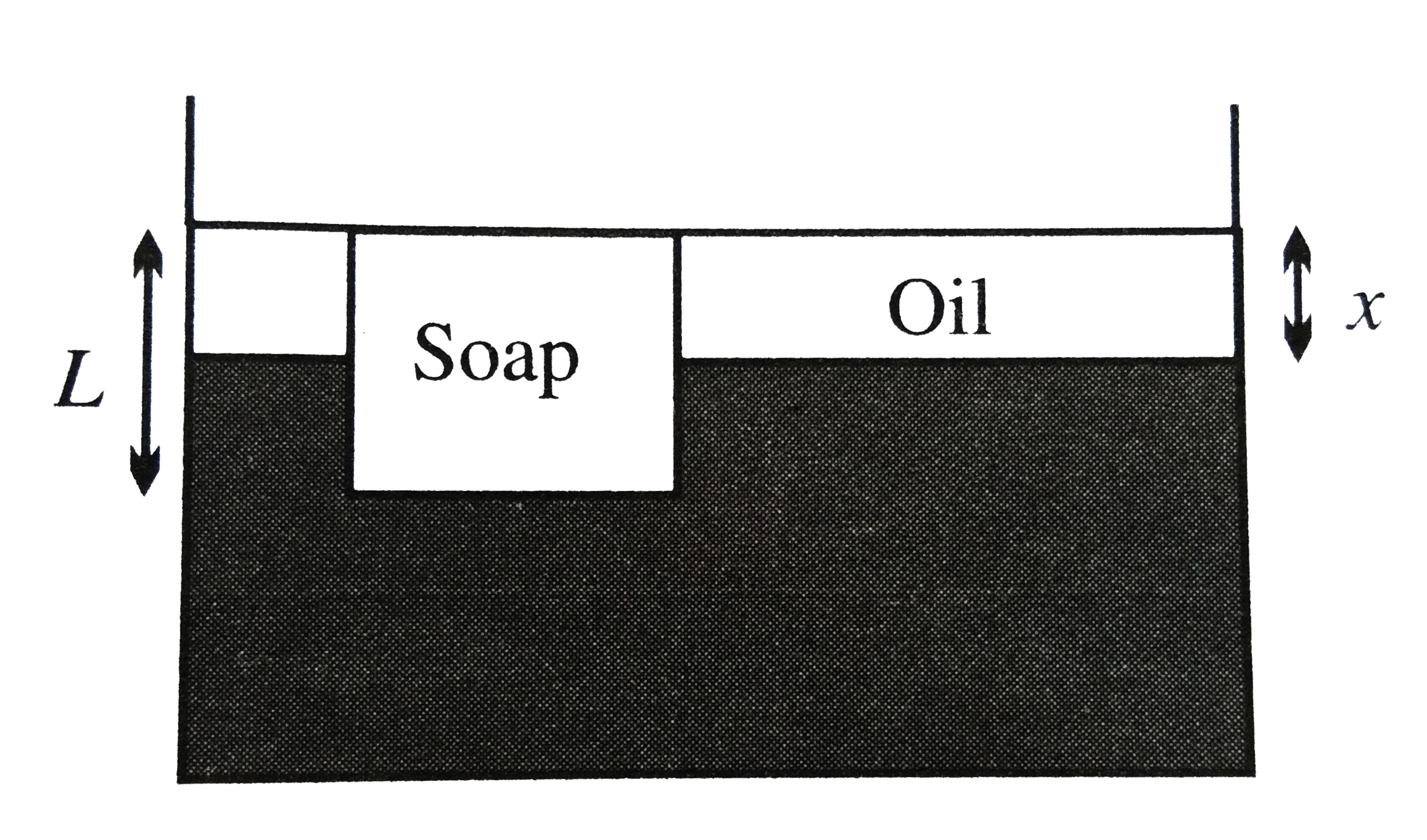Explain the following :
a. Oil paintings trun blackish after sometime . What is the salt formed ? Assume oil painsts contian lead .
To explain why oil paintings turn blackish over time, particularly when they contain lead, we can follow these steps:
1. Understanding the Composition of Oil Paints:
- Oil paints often contain pigments, and in this case, we are assuming the presence of lead compounds, specifically lead(II) ions (Pb²⁺).
2. Chemical Reaction:
- Over time, lead(II) ions in the paint can react with sulfide ions (S²⁻) that are present in the environment, particularly from the air or from other sources of sulfur compounds.
3. Formation of Lead Sulfide:
- The reaction can be represented as:
Pb2++S2−→PbS
- Here, lead(II) ions combine with sulfide ions to form lead sulfide (PbS).
4. Color Change:
- Lead sulfide (PbS) is a black compound. Therefore, as PbS forms, it causes the oil painting to turn blackish over time.
5. Conclusion:
- In summary, oil paintings turn blackish due to the formation of lead sulfide (PbS) from the reaction of lead(II) ions in the paint with sulfide ions from the environment.
Final Answer:
Oil paintings turn blackish after some time due to the formation of lead sulfide (PbS), which is formed when lead(II) ions (Pb²⁺) in the paint react with sulfide ions (S²⁻) present in the air.
---
- Oil paints often contain pigments, and in this case, we are assuming the presence of lead compounds, specifically lead(II) ions (Pb²⁺).
- Over time, lead(II) ions in the paint can react with sulfide ions (S²⁻) that are present in the environment, particularly from the air or from other sources of sulfur compounds.
- The reaction can be represented as:
Pb2++S2−→PbS
- Here, lead(II) ions combine with sulfide ions to form lead sulfide (PbS).
- Lead sulfide (PbS) is a black compound. Therefore, as PbS forms, it causes the oil painting to turn blackish over time.
- In summary, oil paintings turn blackish due to the formation of lead sulfide (PbS) from the reaction of lead(II) ions in the paint with sulfide ions from the environment.
Oil paintings turn blackish after some time due to the formation of lead sulfide (PbS), which is formed when lead(II) ions (Pb²⁺) in the paint react with sulfide ions (S²⁻) present in the air.
Topper's Solved these Questions
- P-BLOCK GROUP 14 - CARBON FAMILYBOOK - CENGAGE CHEMISTRY ENGLISHCHAPTER - P-BLOCK GROUP 14 - CARBON FAMILYEXERCISE - Ex (Objective)
19 Videos
- P-BLOCK GROUP 14 - CARBON FAMILYBOOK - CENGAGE CHEMISTRY ENGLISHCHAPTER - P-BLOCK GROUP 14 - CARBON FAMILYEXERCISE - Exercises (Linked Comprehension)
31 Videos
- P-BLOCK GROUP 14 - CARBON FAMILYBOOK - CENGAGE CHEMISTRY ENGLISHCHAPTER - P-BLOCK GROUP 14 - CARBON FAMILYEXERCISE - Solved Examples
9 Videos
- P-BLOCK GROUP 13 - BORON FAMILYBOOK - CENGAGE CHEMISTRY ENGLISHCHAPTER - P-BLOCK GROUP 13 - BORON FAMILYEXERCISE - Exercise Archives (Subjecive)
9 Videos
- PERIODIC CLASSIFICATION OF ELEMENTS AND GENERAL INORGANIC CHEMISTRYBOOK - CENGAGE CHEMISTRY ENGLISHCHAPTER - PERIODIC CLASSIFICATION OF ELEMENTS AND GENERAL INORGANIC CHEMISTRYEXERCISE - Exercises (Archives )Subjective
4 Videos
Similar Questions
a.FeCI3 is yellow in aqueous solution but on passing H2S gas, solution turns green. Example.
b. An aqueous solution of K2Cr2O3, (orange) changes to yellow. Can you explain?
c. Potassium permanganate is purple in colour .On adding KOH, it turn into green, What is the compound formed?
d. A metallic statue under acid-rain attack turns to blushing -green colour .What can be the probable metal and salt formed ?
e. Oil painting turn blackish after some time , What is the salt formed ? Assume oil paint contains Pb2+
View SolutionExplain the following:
Potassium is stored under kerosene oil.
View SolutionExplain the following: Hydrolysis of ester (ethyl acetate) begins slowly but becomes fast after sometime.
View SolutionAnswer the following questions with reference to Millikan.s oil drop experiment:
What is an atomiser ?
View SolutionA white colored inorganic salt formed by an element fo group 14 give the following reactions :
a. It is soluble in water and the solution has sweet taste .
b. The salt when heated gives acetone and a yellow colored residue which is used in paints
. c. The solution of the salt gives a white precipitate with dil HCi which is soluble in hot water .
Explain the above observations with chemical reactions involved .
View SolutionEthylenediamine tetraacetic acid, EDTA in the form of its calcium dihydrogen salt, is administered as an antidote for lead poisoning. Explain why this reagent might be an effective medicine. Why is the calcium salt administrated rather than the free acid
View SolutionExplain the following :
(i) A balloon collapses when air is removed from it.
(ii) Water does not run out of a dropper unless its rubber bulb is pressed.
(iii) Two holes are made in a completely filled sealed tin can to take out oil from it.
View SolutionAnswer the following questions with reference to Millikan.s oil drop experiment:
What is the use of an X-ray tube ?
View SolutionIdentify the following substances:
A solid which when kept in the open, forms a solution after sometime.
View SolutionA rectangular bar of soap has density 800kg/m3 floats in water density 1000kg/m3. Oil of density 300kg/m3 is slowly added, forming a layer that does not mix with water. When the top surface of thhe oil is the some level as the top surface of the soap. What is the ratio of the oil layer thickness to the soap's thickness. x/L?

View Solution
